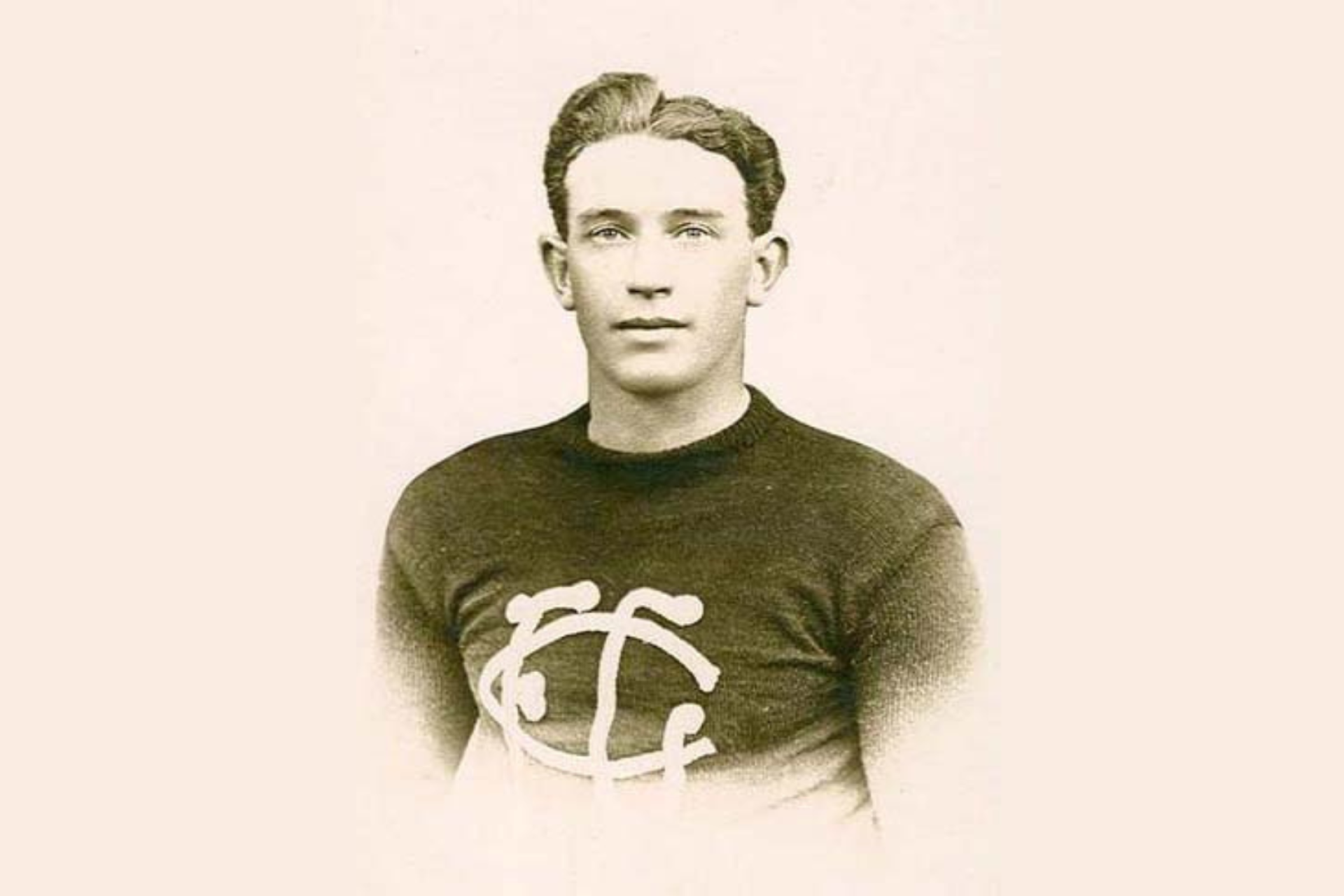General News
16 August, 2024
Horrie Clover — A lanky legend, by Brian Lennen
In this week's Maryborough Memories, we take a look at a very important historical figure.

My uncle Jim rated Horrie Clover along with Harry “Soapy” Vallence as the Carlton Football Club’s greatest forwards.
At six feet one inch, Horrie was quite tall for players of his time but he had an exceptionally long reach with a span of six foot five inches from finger tip to finger tip.
It wasn’t unusual for him to take 20 marks in a game. In one match against Carlton’s bitter rivals Collingwood, he took 26 marks. None of them were the 10 metre side-way passes. Players in the 1920s would have been ostracised for not sending a long drop kick as direct as possible.
Born in Carisbrook in 1895, Horrie commenced his playing career at Temperance, followed by Carisbrook and finally Maryborough at a local level. He had no ambitions further than playing locally.
He was an above average cricketer and joined the Carlton Cricket team.
During the innings break in a game in Mildura, he was having a “kick to kick”.
Lyle Downs, a Carlton fanatic, was so impressed that he hounded Horrie until he decided to try out at Carlton.
At the time he was joined at Carlton by Bert Bolomeo, a player from Timor Bowenvale, who played 69 games for the Blues.
It’s already stated Horrie was a high marking centre half-forward who was an instant star kicking three goals and hitting the post four times in his debut against Richmond.
According to witnesses, two of his marks would have won “Mark of the Year” if such things existed (George Logie Baird hadn’t put the final polish on TV).
During his military service, Horrie suffered shrapnel injuries and once the war was over played wearing a leather vest (many soldiers received similar injuries).
In an era when high scores were at a minimum and grounds were often paddocks, and physical contact was an accepted consequence, he excelled.
It is interesting to note that the footballs were often used more than once and usually there were only two available.
If the ball disappeared into the crowd the game paused until it was returned.
In truncated seasons where teams played a lot less games and sporting medicine was limited to linament and a wet rag, Horrie in 12 seasons played 147 games, kicking 376 goals from centre half-forward.
Horrie was an instant star being selected to play for Victoria after only three matches but was unable to play due to injury.
He later represented Victoria on nine occasions being one of the team’s best players.
In only this third year he was appointed as coach in 1922 and 1923 followed by a stint in 1927.
Despite a winning percent of 60 he failed to win a flag.
He was leading goalkicker on six occasions from 1920 to 1928. In 1929 he won Carlton’s best and fairest.
He was the VFL’s leading goalkicker in 1922 and featured in the top three in all his seasons.
Horrie was inducted into the Australian Hall of Fame in 1996.
Along with his contributions as one of the finest centre-half-forwards the game has known, he was a fantastic servant of the club.
Over a prolonged period he served as club secretary, vice president and president.
At a past players reunion the club had a goalkicking competition. Horrie with his trousers rolled up and casual shoes, bested a list of current and past players scoring five out of five (he would have been aged in his 50s).
Horrie Clover passed away January 1, 1984 in Mordialloc at the age of 88.